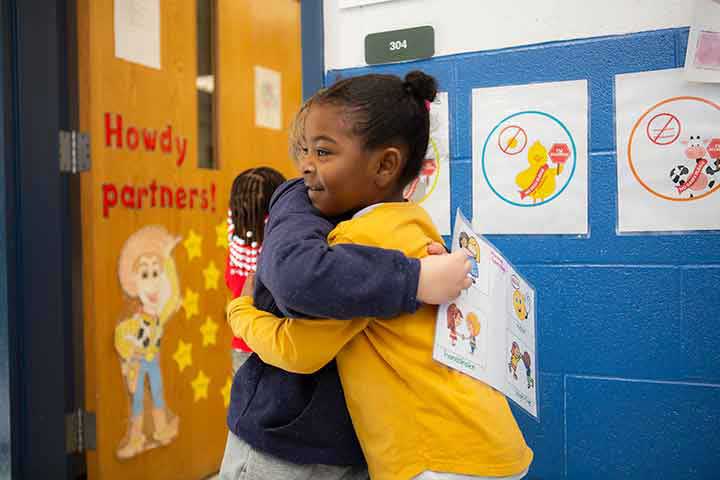Teacher Reports on Self-Regulation and Social Skills
The Child Behavior Rating Scale (CBRS) measures teacher’s perceptions of a student’s behavior, interactions, and engagement with materials and tasks in the classroom.
A Brief Overview
VKRP uses the Child Behavior Rating Scale (CBRS), a short rating scale that teachers complete to report on their perception of two areas of student’s social-emotional skills: self-regulation and social skills.
Self-regulation is made up of the skills needed to direct attention, work through emotions, and manage behaviors to cope with the demands of the school environment. Examples include following directions, staying engaged with tasks and expressing emotions.
Social skills include the ability to navigate interactions, and to build relationships with peers and adults. Examples include cooperating in a group, and resolving conflicts. VKRP uses the CBRS to capture teacher’s perceptions of these two skills because it’s reliable and valid across culturally diverse contexts. However, it is still important to acknowledge that teachers’ implicit or explicit biases influence how they perceive and rate student’s behaviors.
More Details
Our CBRS overview guide provides more information about the measure, its development over time, and its psychometric properties.

CBRS at a Glance
The Logistics
Takes approximately 3 minutes to complete per child and is completed twice during the kindergarten school year, in fall and spring.
The Items
Includes a set of 17 items that teachers report on with a rating scale from 1 to 5 depending on how often a teacher perceives that a behavior occurs. Ten items are associated with self-regulation and seven items are associated with social skill development.
CBRS at a Glance
Completed by the teacher outside of instructional time, and is based on the teacher's perceptions/observations of the child's behavior with other children, adults, and materials and tasks in the classroom. Notably, teachers are not objective observers, and their experiences, perceptions and biases shape how they see and interpret student’s behaviors.

